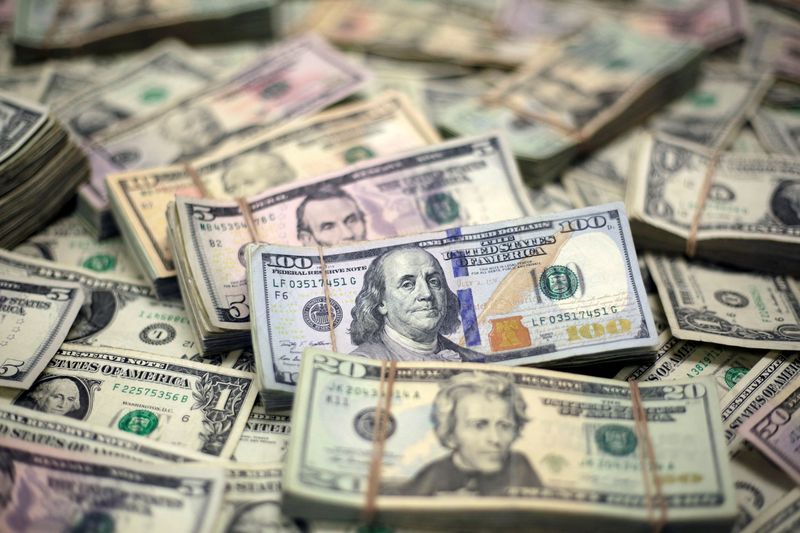PIMCO’s Ivascyn says US likely to avoid recession but warns of dire fiscal picture
2024.08.06 15:14
By Davide Barbuscia
NEW YORK (Reuters) – The U.S. economy is still on track for a soft landing despite signs of further weakening, but the country’s deteriorating fiscal profile is prompting U.S. bond giant PIMCO to increasingly add exposure to foreign government debt, said Group Chief Investment Officer Daniel Ivascyn.
A recent sell-off in stocks and a rally in safer U.S. government bonds reflected weaker economic data, which has increased the probability of a recession over the next 12 months, but the U.S. economy could still avoid it, he said.
“We do think the market has probably gotten a little bit ahead of itself in terms of pricing in central bank cuts,” Ivascyn said in an interview on Tuesday. “Barring some major geopolitical shock or some major issue with market functioning, central banks, the Fed in particular, will likely cut by 25 basis points in September and future meetings will be live.”
U.S. Treasuries rallied sharply late last week after weaker-than-anticipated economic data sparked recession fears and a repricing of interest rate cut expectations for the next few months, with some in the market even betting on a Federal Reserve emergency meeting to lower rates.
The magnitude of the rally, however, also reflected rising geopolitical concerns, said Ivascyin, after Iran’s vow of retaliation against Israel and the U.S. following the killing of two militant leaders raised worries that a wider war could be brewing in the Middle East.
“All of this has been occurring in the context of a highly uncertain situation in the Middle East … people sometimes forget how unique an environment this is, where people literally expect a response from a major Middle Eastern power to come any day now,” he said.
The recent market sell-off has led to a widening of credit spreads – the premium demanded by investors to buy corporate debt instead of safer government bonds – but valuations for companies’ debt, particularly lower quality credit, remained unattractive, said Ivascyn, who has recently increased exposure to the safer parts of the corporate debt market.
“The floating rate, lower quality credit markets, particularly private direct lending, is the area where you see the most complacency at the moment,” he said. “Those prices didn’t move much last week, so in theory they’ve gotten more expensive versus public credit or public equities.”
PIMCO – a bond-focused asset manager with $1.9 trillion in assets – has been fielding client queries about the deteriorating U.S. fiscal picture, and is increasingly diversifying its exposure by buying more foreign government bonds, said Ivascyn.
“When we speak to our clients on a global basis, this is by far the most popular topic that comes up or the question we get from our clients: Why is the United States running such significant fiscal deficits when the economy is strong as it is and how long can this continue?,” he said.
“And the answer is always: Well, we don’t know for sure.”
The U.S. fiscal picture is “dire” at the moment, but it remains manageable, Ivascyn said. At some point, however, there may be a reckoning about rising government debt levels when markets start demanding significant premiums to hold Treasury securities, or when the cost to service the public debt becomes a major political focus, which is not the case now, he said.

To diversify its government debt exposure, PIMCO has been buying bonds from countries that are running lower budget deficits such as Australia, New Zealand, the UK, and Canada.
“We are increasingly looking at other alternatives to the U.S.,” he said.








